A telescope is an instrument that allows us to observe the wonders of the universe. While most people associate telescopes with stargazing, there are many other uses for a telescope.
From observing planets and galaxies to conducting scientific research and participating in citizen science projects, a telescope offers a wide range of possibilities for exploring the cosmos.
Observe Celestial Objects
Planets
One of the most popular things to do with a telescope is to observe planets in our solar system. With a telescope, you can see the details on the surface of the planets that are impossible to see with the naked eye. You can observe the gas giant Jupiter and its four largest moons, the rings of Saturn, the phases of Venus, polar ice caps of Mars, and the storms on the surface of Neptune.
Stars
Stars are one of the most fascinating objects to observe with a telescope. You can see individual stars and star clusters that are too dim to see with the naked eye. You can also study the colors and spectral characteristics of stars, which can provide insights into their temperature, composition, and age. Telescopes are also useful for observing variable stars, which change in brightness over time, and binary stars, which orbit around each other.
Galaxies
You can examine the shapes and structures of galaxies, including spiral arms, bars, and bulges, to gain insights into their formation and evolution. Additionally, telescopes enable the study of the movement and distribution of galaxies in the universe, providing a better understanding of the large-scale structure of the cosmos. By studying galaxies, you can also gain insights into the formation and evolution of stars and planetary systems.
Nebulae
Observing nebulae through a telescope is a breathtaking and captivating experience that unveils the colorful clouds of gas and dust that constitute these celestial objects.Nebulae, such as the Orion Nebula, the Crab Nebula, and the Helix Nebula, are some of the most famous objects that can be observed.
By observing nebulae, one can gain insights into the process of star formation, as many nebulae are the birthplace of new stars. Additionally, telescopes enable the study of the structure and composition of nebulae, facilitating a better understanding of how the universe has evolved over time.

Comets
Using a telescope to observe comets is a fascinating experience that enables us to see the nucleus, coma, and tail of these objects, which are typically invisible to the naked eye. Comets, composed of ice and dust, originate from the outermost regions of our solar system and are renowned for their dazzling displays of bright tails that can be seen from Earth.
Asteroids
Observing asteroids allows us to see the shape, size, and rotation of these small, rocky objects that orbit the sun, providing insights into their physical properties and composition. Furthermore, observing asteroids can aid our understanding of the origins of our solar system and the potential hazards that asteroids pose to Earth. Telescopes enable the tracking of the movement of asteroids and prediction of their orbits, preparing us for potential impacts.
Study Astronomical Phenomena
Solar flares
Solar flares are powerful eruptions of energy that occur on the surface of the sun. With a telescope, you can observe solar flares and study their characteristics, such as their size, shape, and intensity. Observing solar flares can provide insights into the behavior of our sun and the space weather conditions that affect Earth.
Solar flares can produce high-energy particles and radiation that can affect satellites, power grids, and communication systems on Earth, so understanding these events is important for protecting our technology and infrastructure. Telescopes can also be used to study the magnetic fields that cause solar flares, which can help us understand the physics of the sun and other stars.
Eclipses
Eclipses are some of the most awe-inspiring and dramatic astronomical events that can be observed with a telescope. A solar eclipse occurs when the moon passes between the Earth and the sun, blocking out the sun’s light and casting a shadow on the Earth. A lunar eclipse occurs when the Earth passes between the sun and the moon, casting a shadow on the moon.
With a telescope, you can observe the details of the sun and the moon during an eclipse, such as sunspots, the corona, and the lunar surface. Observing eclipses can provide insights into the motion of celestial bodies and their relationships to each other. Eclipses have also played an important role in scientific history, such as during the 1919 eclipse which confirmed Einstein’s theory of general relativity.
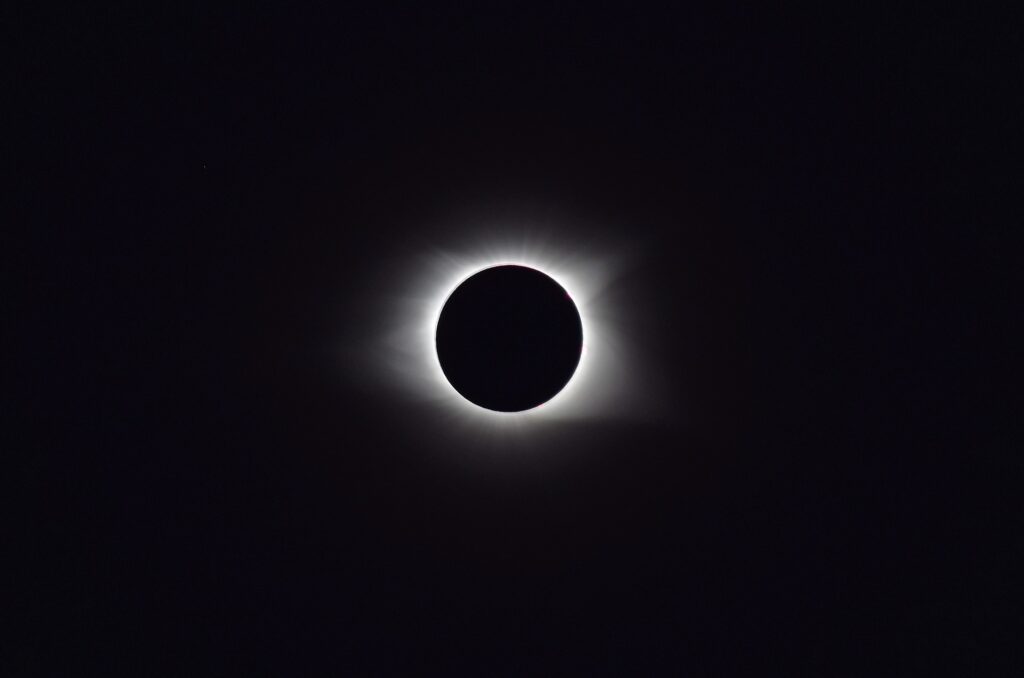
Supernovae
Supernovae are some of the most violent and energetic events in the universe. They occur when a star reaches the end of its life and explodes, releasing an enormous amount of energy and matter into space. With a telescope, you can observe the aftermath of a supernova, such as the expanding shell of gas and dust.
Observing supernovae can provide insights into the life cycle of stars and the formation of heavier elements in the universe. Supernovae can also be used as distance markers to measure the scale of the universe and its expansion over time. Studying supernovae is a major area of research in astronomy, as it allows us to explore the physics of extreme environments and test our understanding of the laws of nature.
Astrophotography
Planetary images
A popular telescope use is capturing images of planets in our solar system. You can photograph the intricate details of planets such as Jupiter, Saturn, Mars, and Venus, including their atmospheres and weather patterns.
By taking images of planets over time, you can observe their orbits and rotations, and even detect changes in their atmospheres or surfaces. To capture images of planets with a telescope, you will need a camera that is compatible with your telescope, as well as the necessary software to process the images. Many amateur astronomers take stunning images of planets using simple equipment, while professional astronomers use more sophisticated instruments to study planetary atmospheres and surfaces in greater detail.
Deep-sky images
In addition to photographing individual objects such as planets, telescopes can also be used to capture images of entire regions of the sky, known as deep-sky images. These images can capture the beauty and complexity of galaxies, nebulae, and star clusters, and reveal the intricate patterns and structures of the universe.
By taking images of deep-sky objects over time, you can also observe changes in their brightness, position, and shape, which can provide important insights into their properties and behavior. To capture deep-sky images with a telescope, you will need a camera that is sensitive enough to detect the faint light emitted by these objects, as well as the necessary software to process the images.
Many amateur and professional astronomers take stunning deep-sky images using specialized equipment and techniques, which can reveal the full extent of the universe’s beauty and complexity.
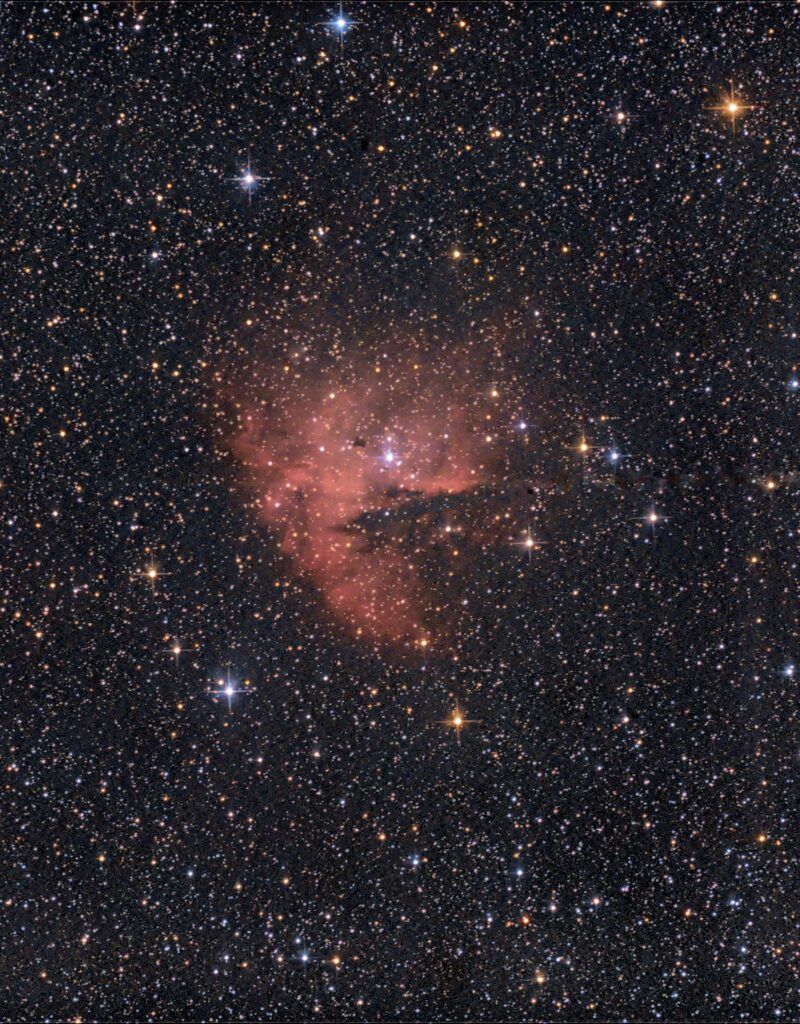
Time-lapse photography
Time-lapse photography, which involves taking a series of images of a particular object over time and then merging them into a single video, is another practical use of telescopes. Celestial objects such as planets, stars, and galaxies can be captured using this technique.
By taking images at regular intervals, time-lapse photography can also record the movement of objects like comets and asteroids through the sky. This approach provides significant insights into the behavior and evolution of celestial objects.
To conduct time-lapse photography using a telescope, you will need a camera that can capture images regularly and software to combine the images into a video. Both amateur and professional astronomers use time-lapse photography to create striking and informative videos of celestial objects that deepen our understanding and appreciation of the universe.
Lunar and planetary sketching
Lunar and planetary sketching is a technique that involves creating detailed drawings of the Moon and planets as you observe them through your telescope. This is a great way to develop your observational skills and improve your understanding of the structures and features of these objects.
To get started with lunar and planetary sketching, you’ll need a few basic supplies:
- A telescope: You’ll need a telescope with enough magnification to see the Moon and planets in detail. A refractor or reflector telescope with a focal length of at least 500mm is recommended.
- Eyepieces: Different eyepieces will give you different magnifications, so it’s good to have a range of options. A 10mm and 25mm eyepiece is a good place to start.
- Sketching supplies: You’ll need a sketchpad or paper, pencils (preferably with soft leads), erasers, and a red flashlight (to preserve your night vision).
Once you have your supplies, find a clear night with good viewing conditions and set up your telescope. Use your lowest magnification eyepiece to get started, and focus on the Moon or a planet. Take your time and study the object carefully, noting its features and structures. Use your pencil to lightly sketch what you see in your sketchpad, making sure to capture the relative sizes and positions of the features.
As you continue to observe, you can switch to higher magnifications and continue to sketch. You may find it helpful to use a technique called “averted vision,” where you look at an object slightly to the side of the eyepiece to help you see fainter details.
Once you’ve finished your sketch, you can add shading and texture to make it more lifelike. Be sure to label your drawing with the date, time, and other relevant information.
Participate in Citizen Science Projects
Contributing to research projects
One of the most exciting aspects of using a telescope is the opportunity to contribute to research projects and scientific discoveries. There are many projects that rely on data collected by amateur astronomers using their own telescopes. For example, the American Association of Variable Star Observers (AAVSO) is a network of amateur and professional astronomers who collect data on the brightness of variable stars. This data is used by professional astronomers to study the behavior of these stars and to develop models of stellar evolution.
The CitizenScience.gov catalog includes a variety of astronomy-related citizen science projects that allow amateur astronomers to participate in scientific research and contribute to our understanding of the universe. These projects cover a range of topics such as exoplanet discoveries, variable star observations, asteroid tracking, and galaxy classification, among others.
By participating in these projects, amateur astronomers can work alongside professional astronomers to collect and analyze data, helping to make important discoveries and advance our knowledge of the cosmos. The CitizenScience.gov catalog is a valuable resource for amateur astronomers interested in engaging in scientific research and promoting public engagement in astronomy.
In addition to projects focused on specific objects or phenomena, there are also many large-scale survey projects that rely on the contributions of amateur astronomers. The Zooniverse platform, for example, hosts a wide range of citizen science projects that allow anyone to contribute to scientific research, including many astronomy projects that require the analysis of data from large telescopes.
These projects may involve identifying and classifying celestial objects, or analyzing large data sets to look for patterns or anomalies. By contributing to these projects, amateur astronomers can help to advance our understanding of the universe and to make important scientific discoveries.
Engage in Stargazing and Astronomy Education
Teach astronomy to children and adults
Telescopes can be powerful tools for teaching astronomy to people of all ages. Whether you are a parent looking to inspire a love of science in your child, a teacher seeking to engage your students with hands-on learning, or simply an astronomy enthusiast hoping to share your passion with others, a telescope can help bring the wonders of the universe to life.
One of the most effective ways to use a telescope for educational purposes is to set up public viewing events. This could involve organizing a star party at a local park or school, where people can come and look through a telescope to see celestial objects up close. This can be a great way to engage people of all ages and to spark curiosity and interest in the night sky.
In addition to public viewing events, telescopes can also be used in classroom settings to support hands-on learning and exploration. Teachers can incorporate telescopes into lesson plans, providing opportunities for students to observe and record their own observations of the sky. This can help to reinforce concepts of scientific observation, measurement, and data analysis, and to spark a deeper interest in astronomy and science in general.
Share Astronomical Knowledge and Discoveries With the Public
Telescopes can be powerful tools for sharing astronomical knowledge and discoveries with the public. Whether through outreach events, public lectures, or online content, there are many ways to use telescopes to educate and inspire others about the wonders of the universe.
It is also important to create engaging and accessible educational resources, such as videos, articles, and interactive websites, to help people learn more about astronomy and space science. This could include materials on the history of astronomy, the properties of different celestial objects, or the latest discoveries in the field. By sharing astronomical knowledge and discoveries with the public, we can help to promote scientific literacy, curiosity, and wonder, and to inspire the next generation of astronomers and space scientists.
In conclusion, telescopes are incredibly versatile tools that can be used for a wide range of purposes, from exploring the planets in our own solar system to probing the depths of the universe to share knowledge and discoveries with the public. With the help of modern technology and advances in astronomical research, telescopes continue to play a vital role in expanding our understanding of the cosmos and inspiring new generations of scientists and space enthusiasts.

Andrew
Welcome to TelescopeTherapy.com, your trusted source for expert insights on astronomy, telescopes, and the transformative power of stargazing for mental well-being. With years of experience and a passion for exploring the cosmos, we are your go-to destination for all things celestial. Our mission is to bring the wonders of the universe to your fingertips and demonstrate how the art of stargazing and telescope therapy can nurture not only your astronomical curiosity but also your mental health. Explore the cosmos with us and discover the profound connection between the night sky and your inner peace. Join us on this celestial journey and unlock the therapeutic potential of the stars.
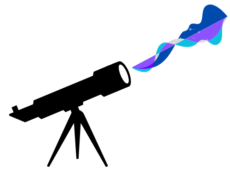
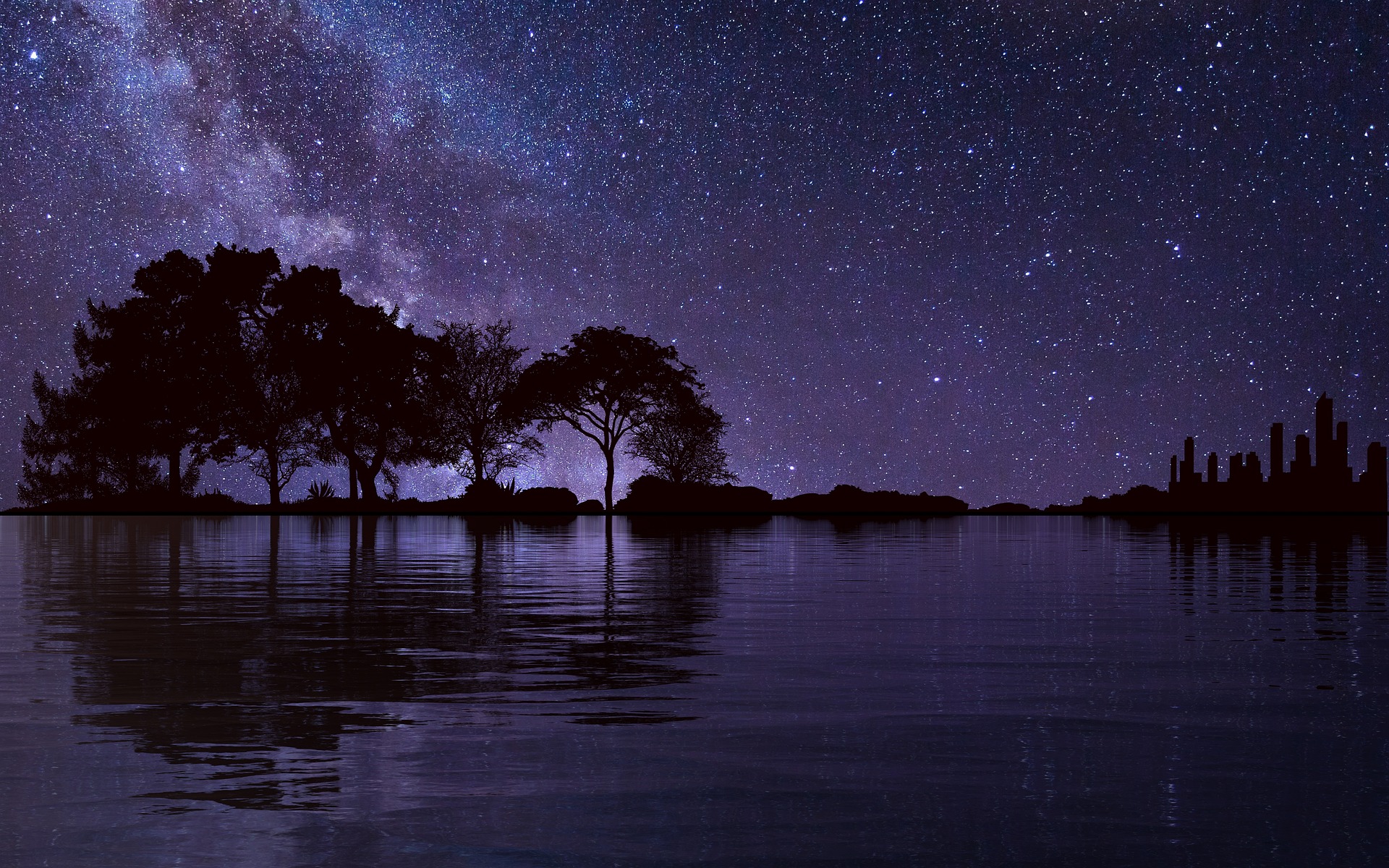
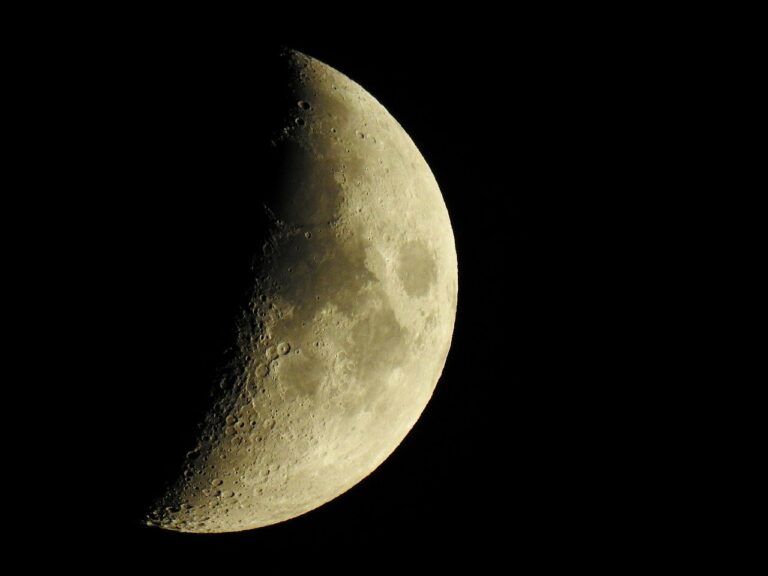
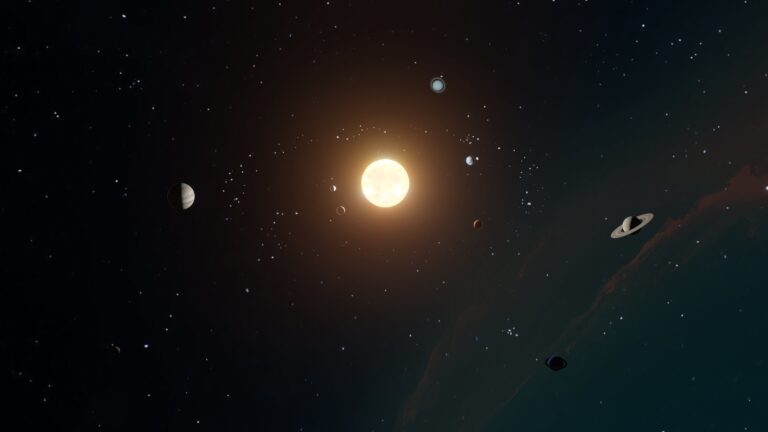

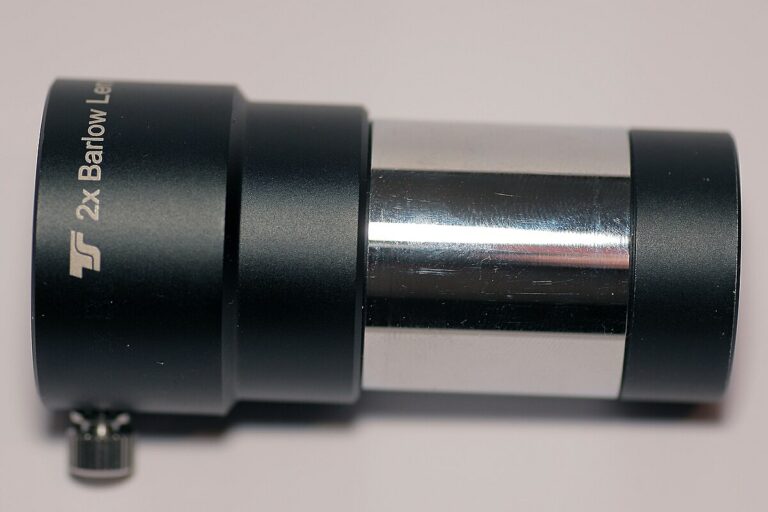
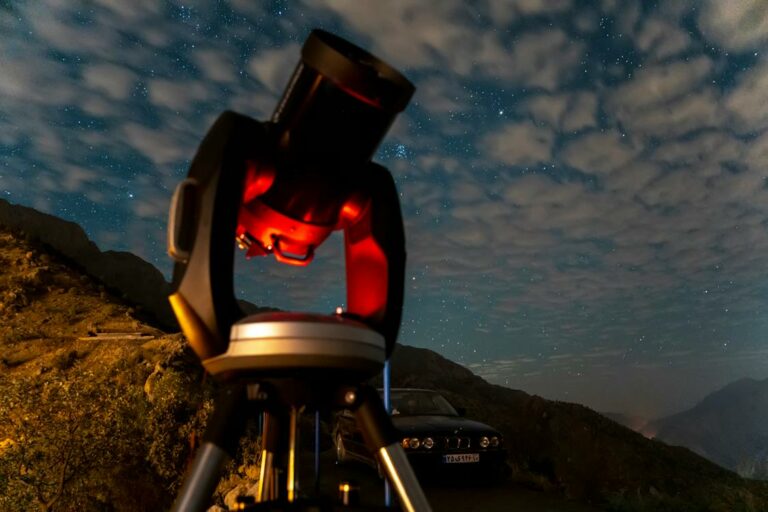

+ There are no comments
Add yours